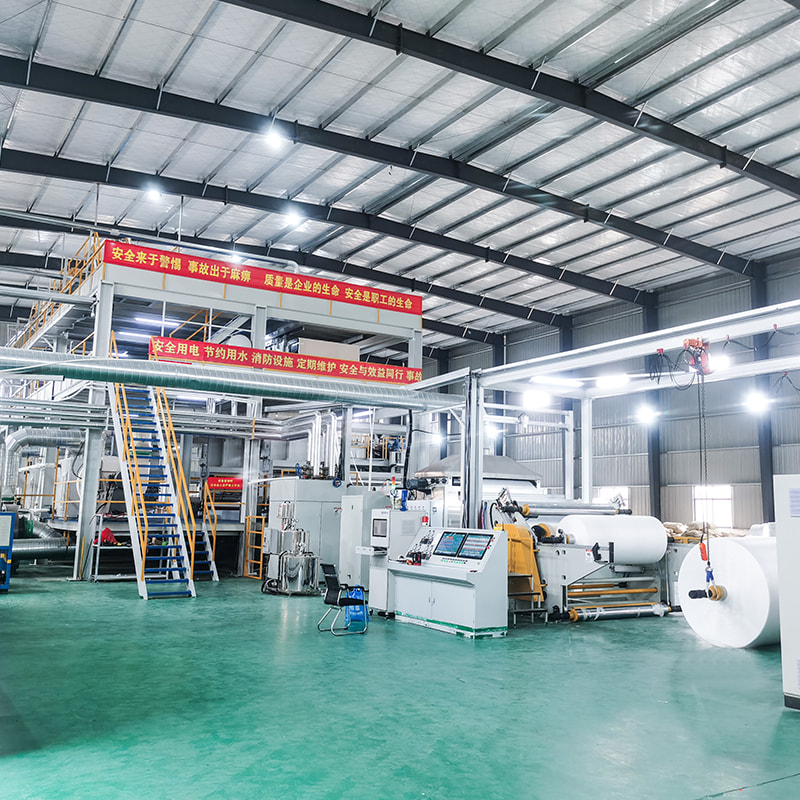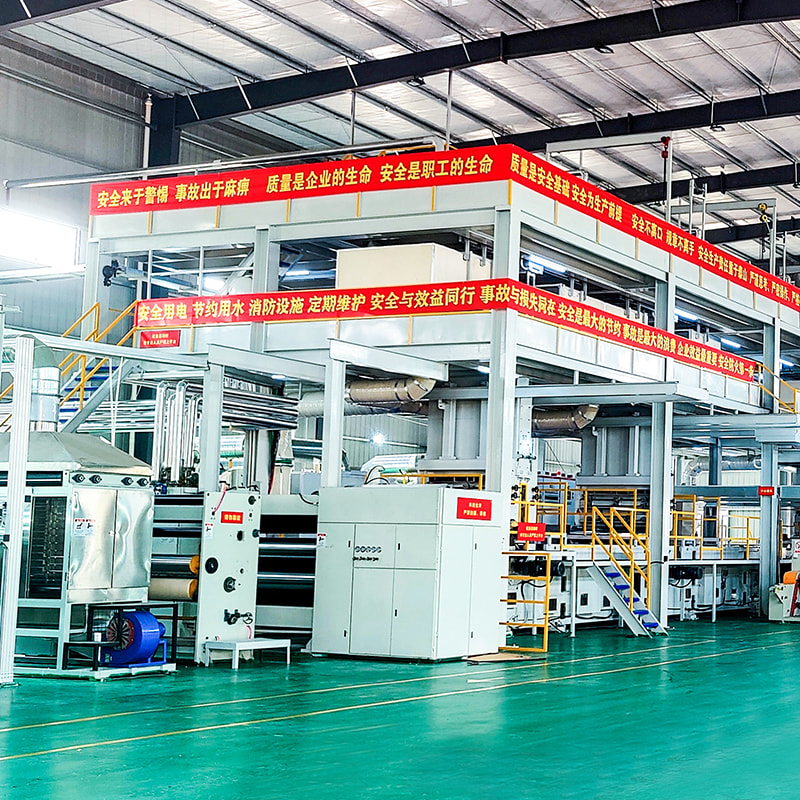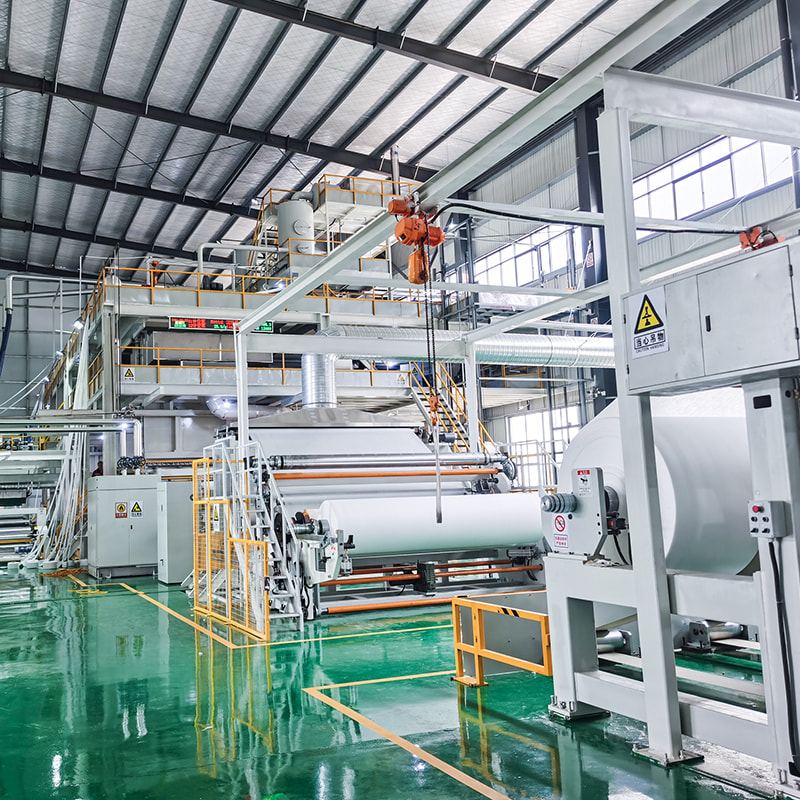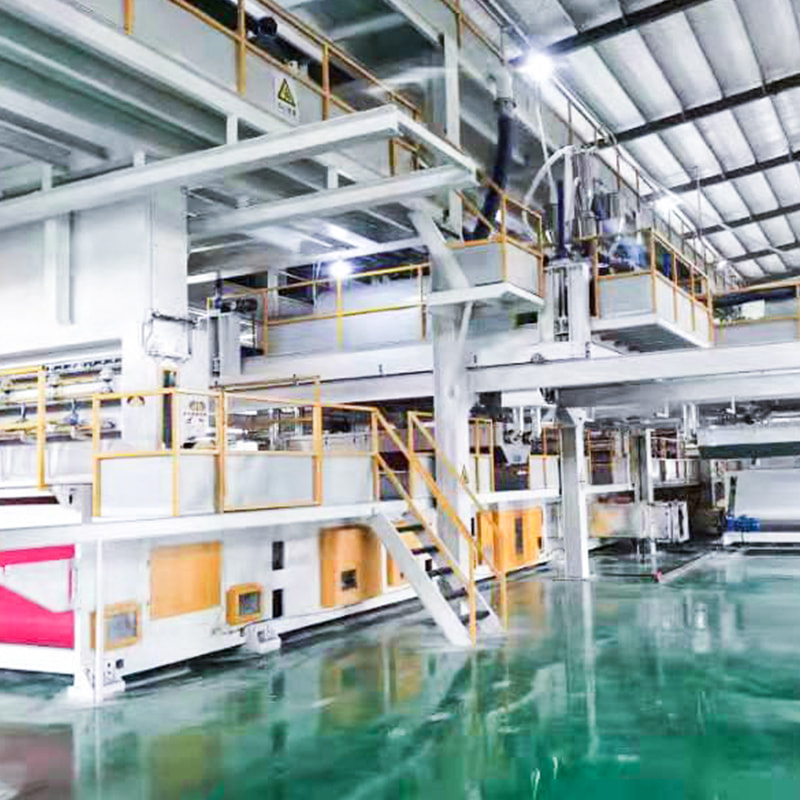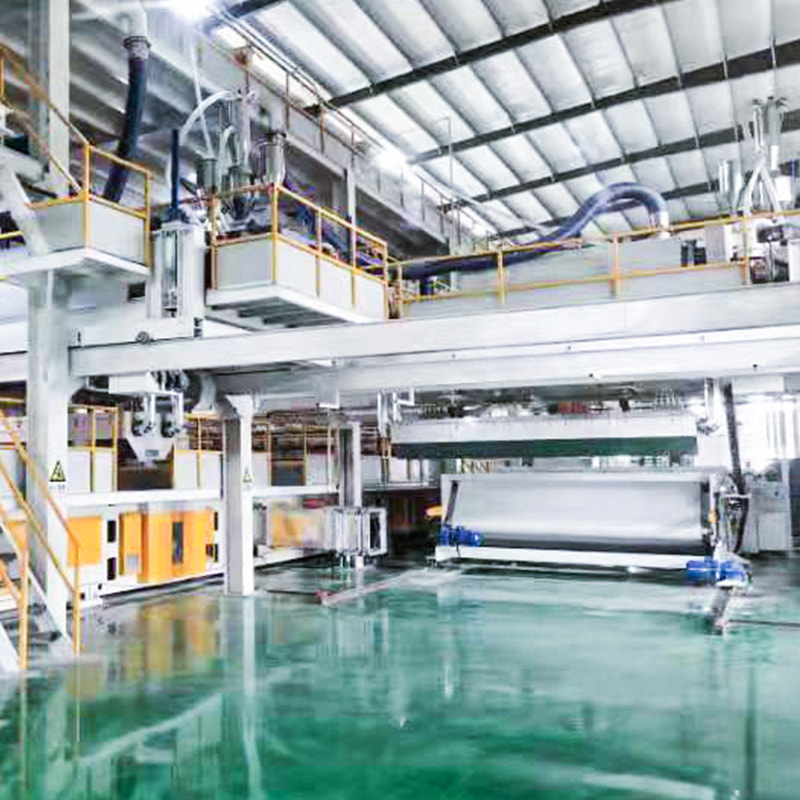In the production of SMMS fabric, achieving a balance between high-speed operations and consistent fabric quality is essential for manufacturers seeking efficiency and performance. One of the key technologies that play a vital role in ensuring smooth and effective machine operation is dynamic balance, especially in the rollers of the SMMS fabric making machine. This advanced technique helps reduce vibrations and maintains the machine’s stability, even when operating at the high speeds that are characteristic of modern fabric production. By focusing on this innovative technology, fabric manufacturers can significantly enhance production efficiency while minimizing downtime and maintenance.
Dynamic balancing involves precision engineering of the machine's rollers to ensure that they rotate evenly without generating excessive vibrations. This is achieved by using a dynamic balance machine to meticulously calibrate the rollers before they are incorporated into the SMMS fabric making machine. The result is a system that can run smoothly even at high speeds, ranging from 10 to 350 meters per minute, without compromising the integrity of the fabric. With the high demands of the nonwoven fabric industry, especially in sectors such as hygiene products and medical textiles, ensuring smooth and stable roller performance is a crucial factor that determines the overall success of a manufacturing process.
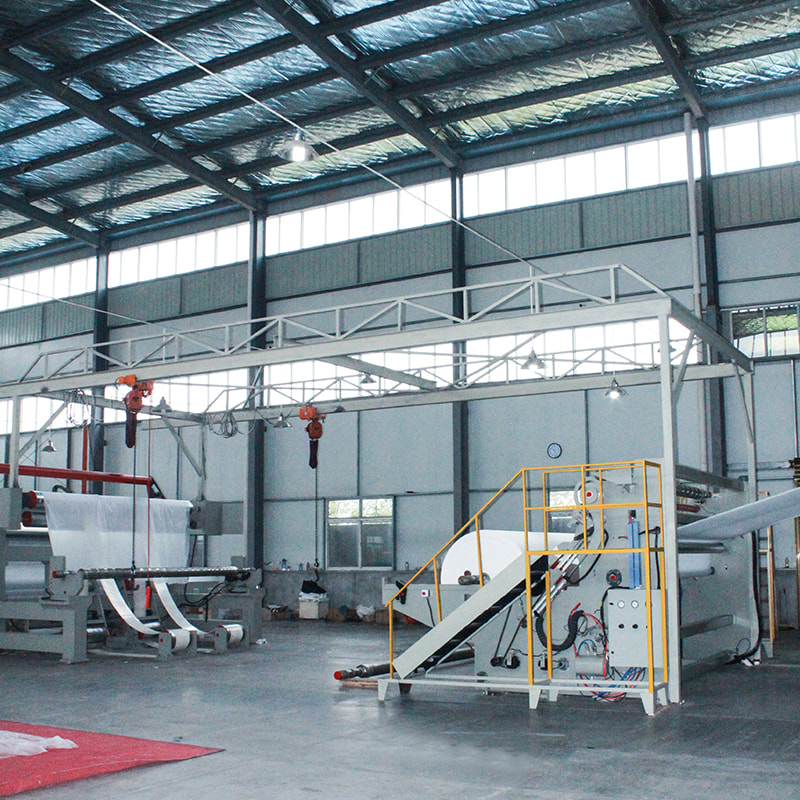
The role of dynamic balance technology is particularly noticeable when running at high production speeds. Without proper balancing, the machine would experience instability, leading to inconsistencies in fabric quality and potential mechanical wear and tear. By employing dynamic balancing, the SMMS fabric making machine can maintain optimal fabric characteristics, such as even filament distribution and uniform texture. This translates to high-quality nonwoven fabric that meets industry standards, making it highly desirable for applications like medical gowns, diapers, and agricultural covers. The ability to deliver consistent quality at high speeds is a strong selling point for businesses seeking to optimize their production processes.
Moreover, dynamic balance technology not only enhances operational efficiency but also reduces operational costs over time. When a machine operates smoothly, there is less stress on its components, which reduces the likelihood of breakdowns and the need for frequent maintenance. This means fewer interruptions in the production line, which directly translates into higher productivity and cost savings. For businesses in the competitive world of fabric manufacturing, this technology ensures a more reliable machine with lower long-term operating expenses, making it a highly valuable investment.
Another significant benefit of dynamic balance is its contribution to the longevity of the SMMS fabric making machine. By preventing unnecessary vibrations, the technology minimizes wear on critical machine parts such as bearings, motors, and gears. This results in fewer replacements and a longer machine lifespan. As any fabric manufacturer knows, investing in durable equipment is essential for maximizing profitability, and dynamic balance technology is a key factor in achieving this goal. It adds significant value by extending the working life of the machine and ensuring it continues to deliver high-quality fabrics year after year.
In conclusion, integrating dynamic balance technology into the SMMS fabric making machine is a game-changer for manufacturers aiming for high-speed efficiency and superior fabric quality. This technology ensures smooth operation at high speeds, reduces maintenance needs, and contributes to the overall durability of the machine. As the nonwoven fabric industry continues to evolve, adopting advanced solutions like dynamic balance will help businesses stay ahead of the competition and maintain their edge in a rapidly growing market. With a well-balanced machine, manufacturers can produce high-quality SMMS fabric while optimizing production and reducing operational costs, creating a winning formula for success.


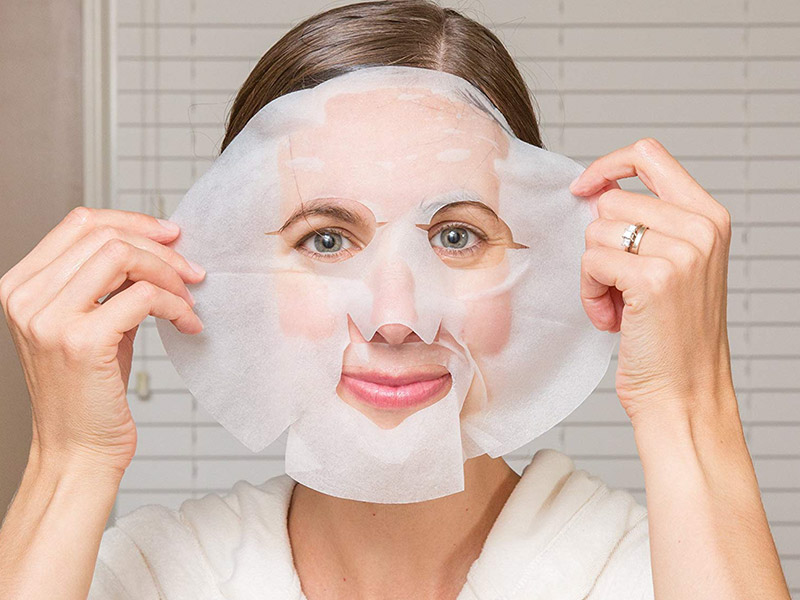
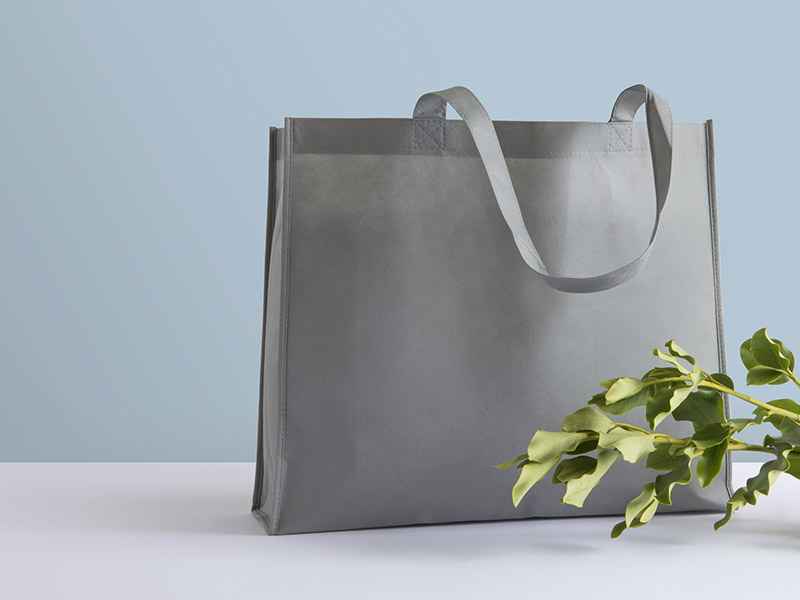

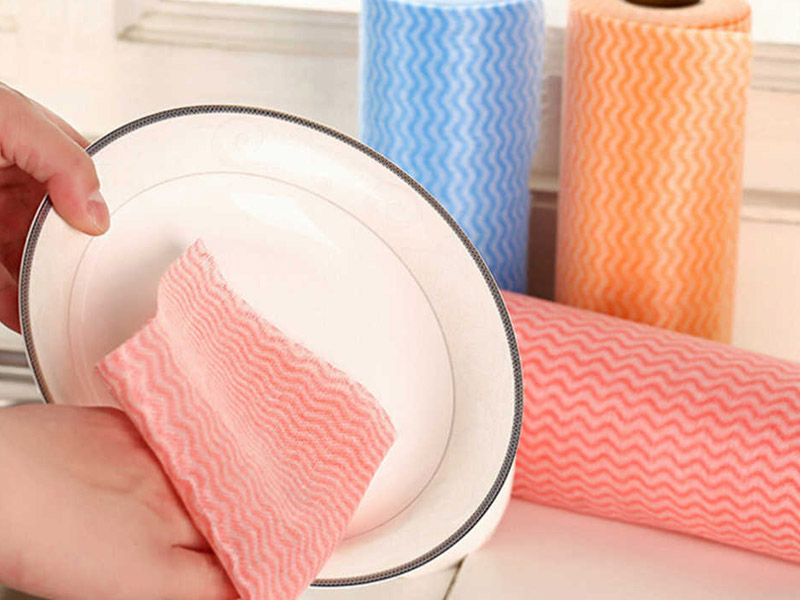
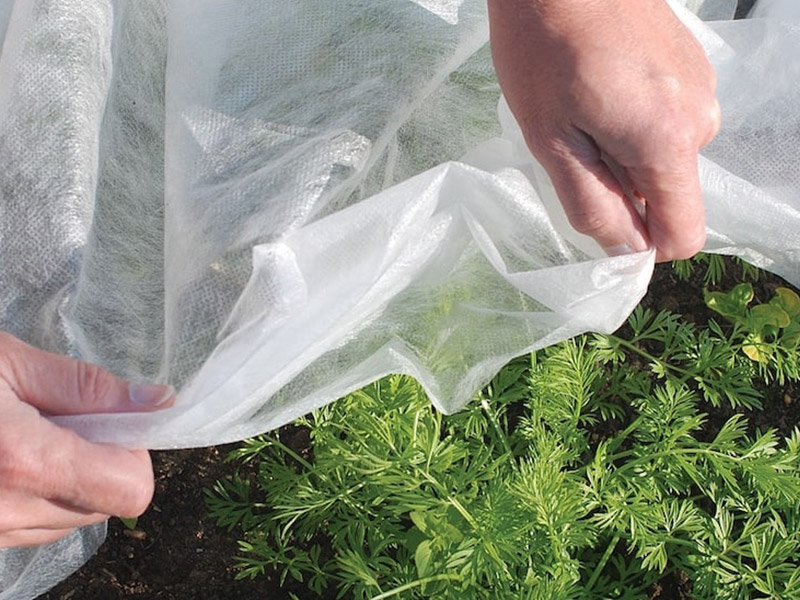
 English
English 中文简体
中文简体 русский
русский عربى
عربى